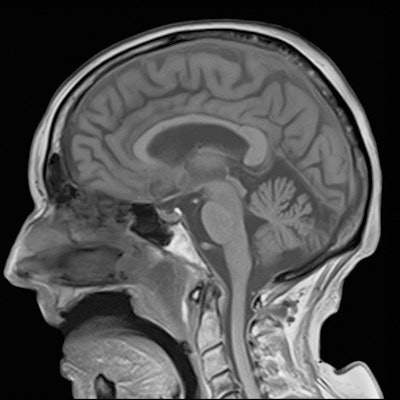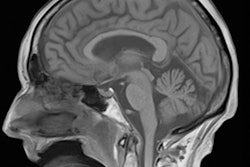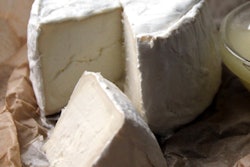
Researchers in the U.S. and the Netherlands have observed auditory responses in the human somatosensory cortex, a region of the brain usually dedicated to processing touch. They measured functional MRI (fMRI) signal changes following a frequency discrimination task, and used multivariate pattern analysis to validate the results.
This finding adds to the growing body of research that challenges the view of sensory-specific cortices, providing valuable insight into cross-modal representations in the brain (Cerebral Cortex, 13 October 2017).
Multisensory processing in the brain is undisputed. What remains an open question, however, is the specificity of responses to one type of stimulation; for example sound, in regions outside of its classically-defined cortical region. Previous research has investigated somatosensory responses (tactile processing) in auditory cortex (sound processing) (Journal of Neurophysiology, 1 July 2002, Vol. 88:1, pp. 540-543). Here, the researchers identified populations of neurons in the somatosensory cortex that preferentially responded to sound.
 Left: Alexis Pérez-Bellido, currently at Radboud University. Right: Jeffrey Yau, from Baylor College of Medicine. Image courtesy of Jeffrey Yau.
Left: Alexis Pérez-Bellido, currently at Radboud University. Right: Jeffrey Yau, from Baylor College of Medicine. Image courtesy of Jeffrey Yau.The authors, from Baylor College of Medicine in Houston, Texas, U.S., and Radboud University in Nijmegen, the Netherlands, had two questions: "Does auditory stimulation elicit a specific response in the somatosensory cortex?" and "Do perceptions of sounds correlate with voxel patterns in the somatosensory cortex?" In the scanner, participants listened to sound bursts of the same frequency, intermingled with "oddball" frequencies. Participants also performed a sound-similarity rating task, outside the scanner.
Data analysis
In addition to measuring the blood oxygenation level dependent (BOLD) signal using fMRI, the authors also used a technique known as "representational similarity analysis" (RSA) to characterize the relationship between different frequencies in each cortex by looking at the activation patterns across multiple voxels. For two different frequencies, for example 75 and 355 Hz, the patterns should be dissimilar. The researchers also applied this method to the offline perceptual rating task.
The BOLD signal varied with frequency in the somatosensory cortex, indicating the responses were beyond spurious noise. RSA confirmed the similarity of similar frequency responses, both in auditory and somatosensory cortices, although the signals were slightly noisier in the latter. This also correlated with the ratings that participants gave offline.
Key implications
These results indicate that auditory processing is not restricted to the auditory cortex and partially occurs in the region of the brain typically associated with touch. Interestingly, the study also shows that sounds that participants rated as being more similar had similar effects on the somatosensory cortex.
As with most brain research, this work opens the door to several exciting questions, such as to what extent do the auditory-specific populations of neurons in somatosensory cortex encode frequency information? And could the responses be topographically organized?
Studies like these are key to unfurling the complex functional organization of our brain, improving our understanding of sensory responses, and how they are encoded. A future investigation by the authors will flip this study around, detailing the effect that touch can have on the auditory cortex.
Michael Asghar is a doctoral student contributor to medicalphysicsweb, working in the Sir Peter Mansfield Imaging Centre at the University of Nottingham, U.K. He is working on mapping human somatosensory responses with ultra-high field fMRI, using novel paradigms and modeling techniques.
© IOP Publishing Limited. Republished with permission from medicalphysicsweb, a community website covering fundamental research and emerging technologies in medical imaging and radiation therapy.



















